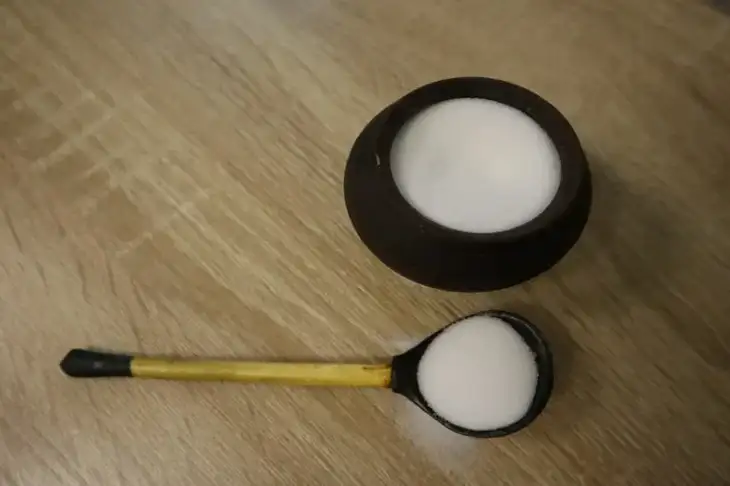Has your child returned from a walk in shorts that look more like an abstract artist's canvas than children's clothing?
Don't rush to blame yourself for choosing light-colored things or lament the hopelessly ruined fabric.
A method that has been used for decades by theater costume designers and experienced mothers can restore clothes to their original appearance without any traces of chemicals.

The "secret weapon against chlorophyll" is common salt.
Compared to industrial stain removers, this product is cheaper and more environmentally friendly – this has been proven by generations.”
The secret of effectiveness lies in the biochemistry of plants.
Chlorophyll, which gives grass its green color, forms stable compounds when in contact with oxygen. Salt acts as a natural absorbent: it absorbs moisture and blocks oxidation, preventing pigment from penetrating deep into the fibers.
But there is a nuance that even professionals keep quiet about: for old stains, a combination of salt and citric acid is required.
Lemon juice breaks down the molecular bonds of chlorophyll, and salt draws out the remaining pigment.
The main thing is not to overexpose the mixture so that the acid does not damage the fabric.
The stain removal process begins the moment you spot the stain. The sooner you remove the garment and begin treatment, the higher your chances of success.
Gently shake off dry dirt by tapping the fabric from the back to avoid spreading particles.
Then prepare a “salt compress”: mix three tablespoons of salt with 50 ml of warm water until it becomes a thick paste. Apply the mixture in a thick layer to the stain and leave for 20–25 minutes.
To enhance the effect, add a teaspoon of lemon juice - this is especially important for old stains that have managed to soak into the fibers.
The next step is rinsing under running water. Use a soft-bristled brush, moving from the edges of the stain to the center, so as not to increase its area.
After this, rub the area with laundry soap, leave for 10 minutes and wash the item at 40°C. It is important to avoid hot water: heating above 60°C “seals” the pigment in the fibers, increasing the risk of residual marks by 40%.



